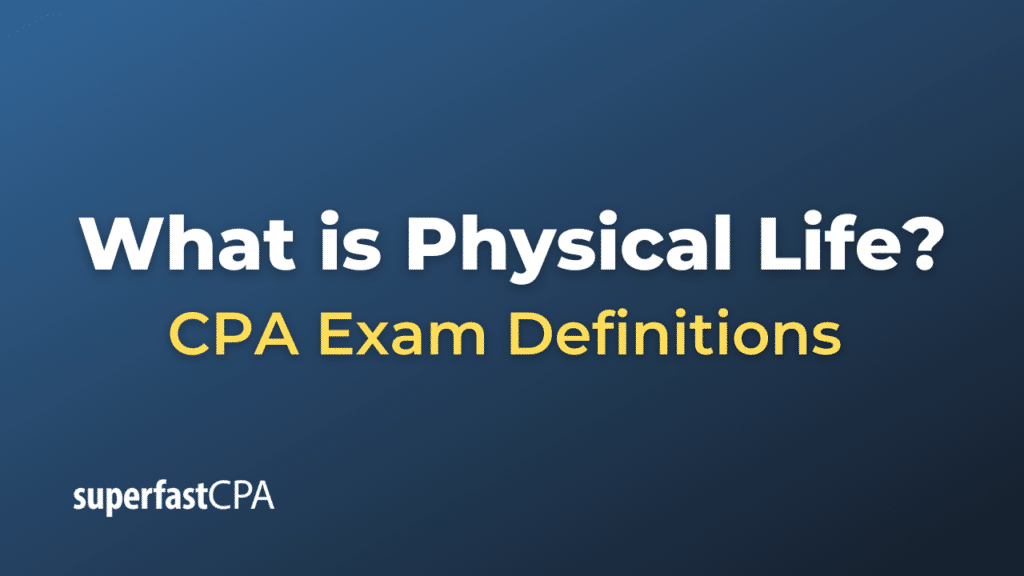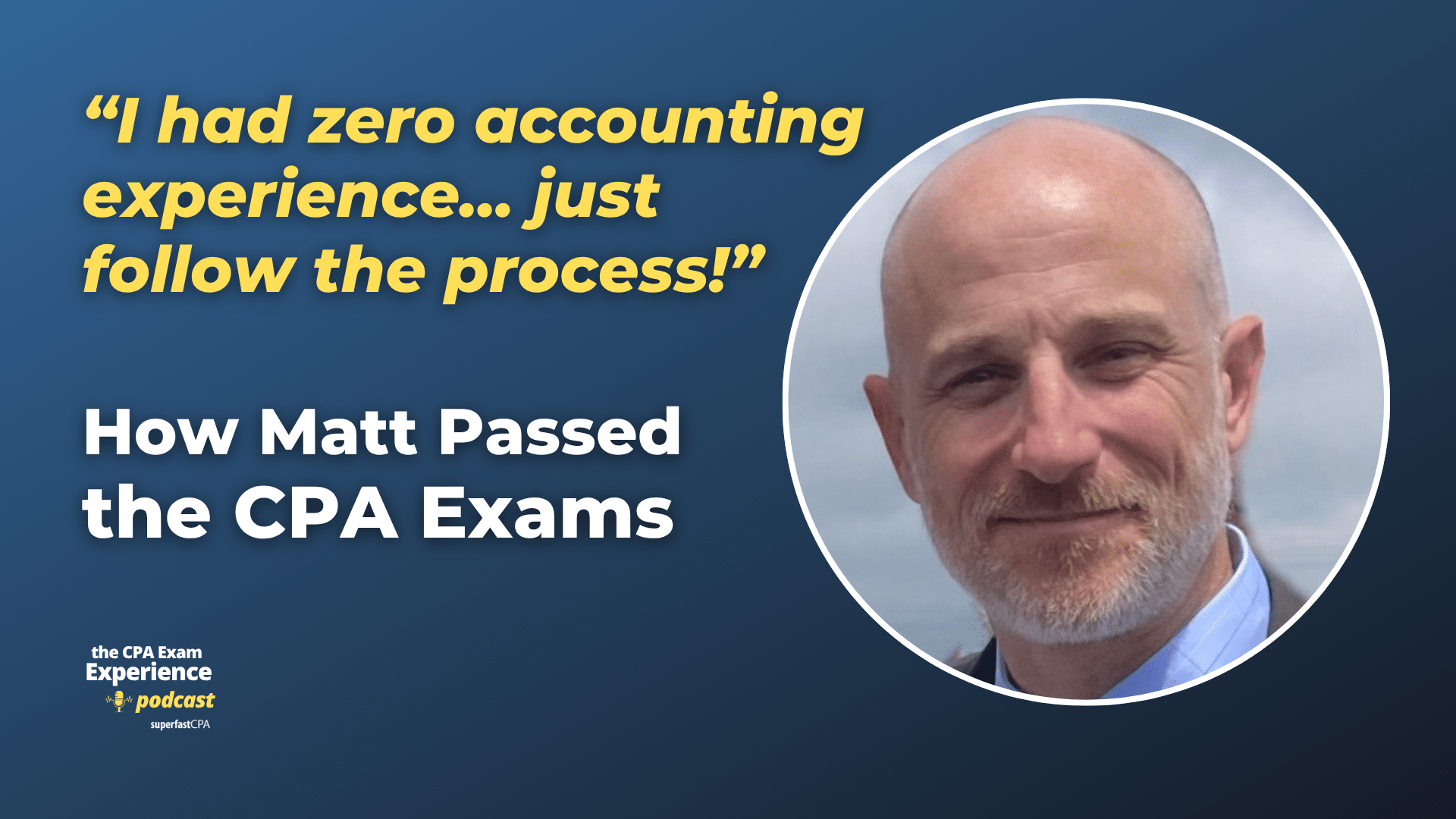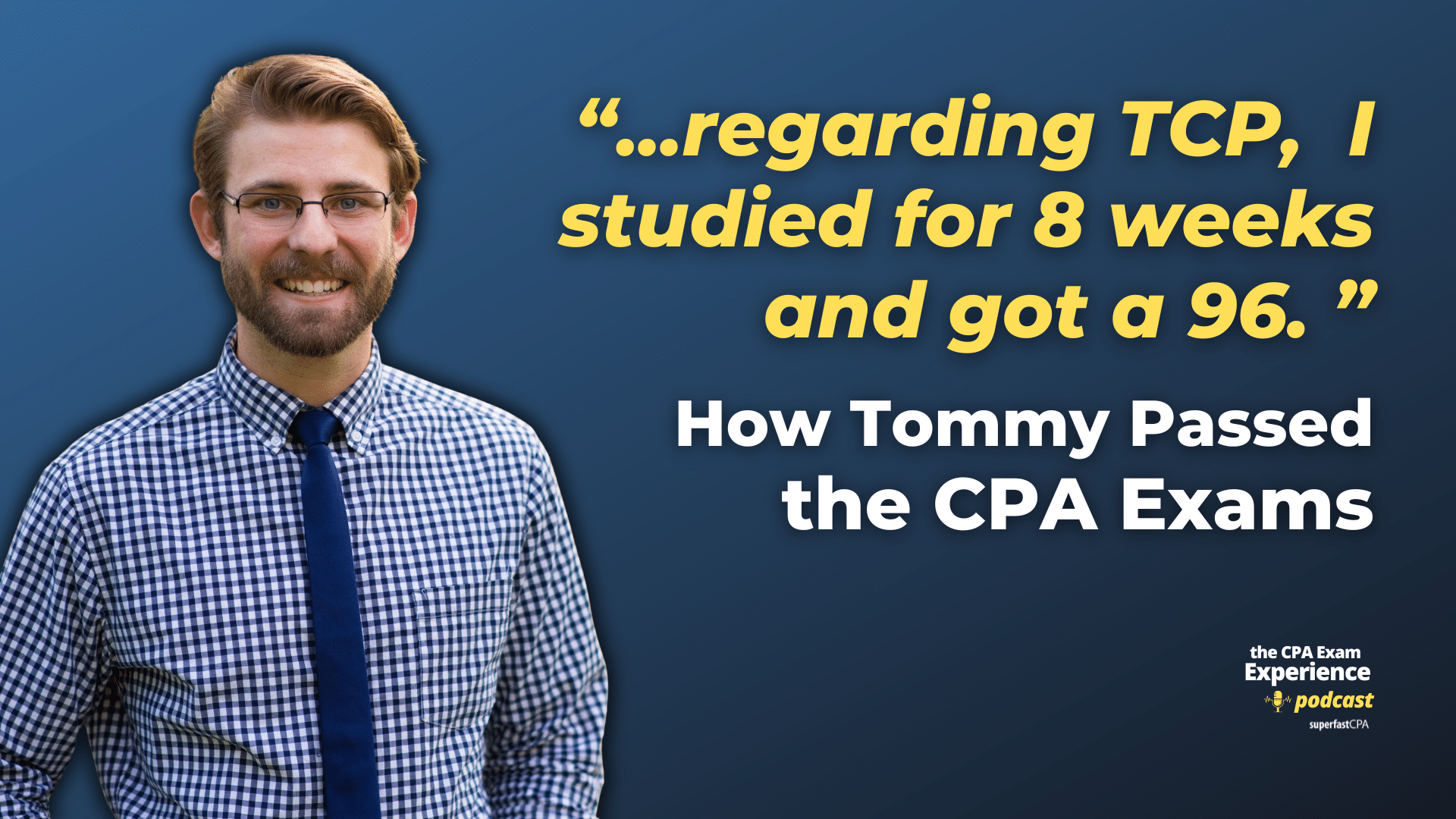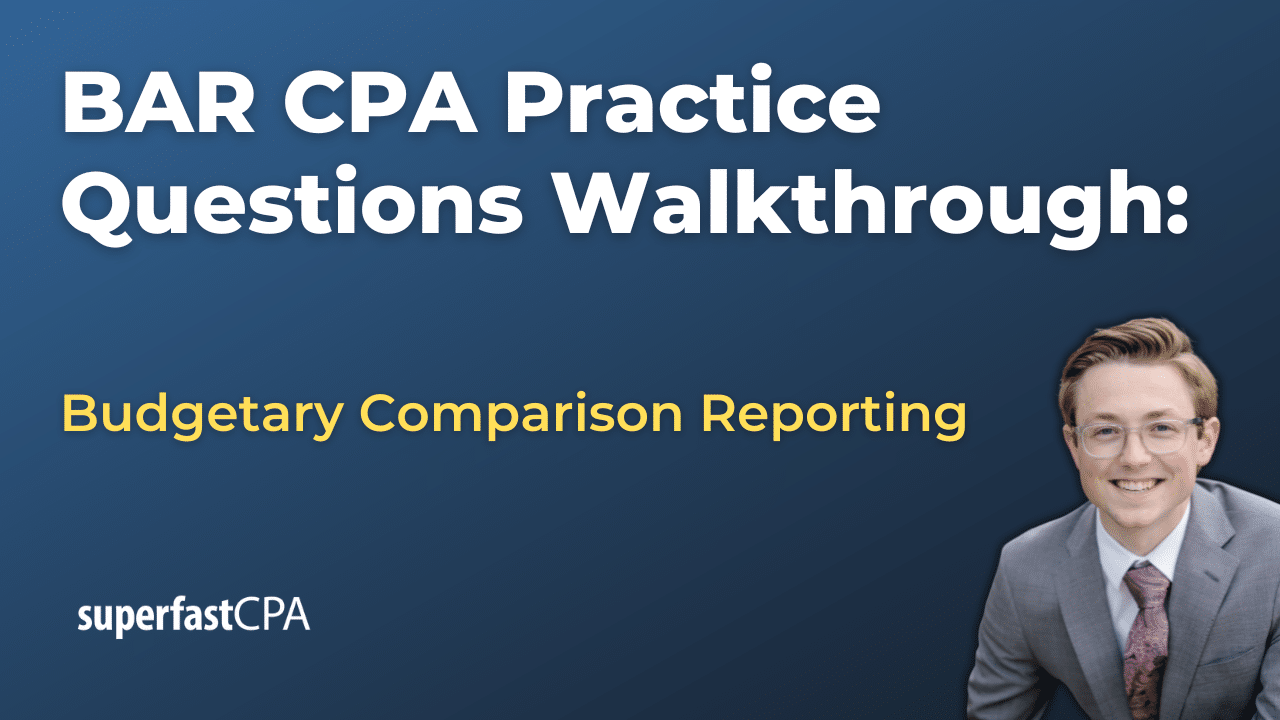Physical Life
In the context of assets and business, physical life refers to the period during which a physical asset, such as a machine, building, or vehicle, remains functional or structurally sound. It’s the period from when the asset is acquired and put to use until it’s no longer capable of performing its intended function, often due to wear and tear, obsolescence, or damage.
For instance, a company vehicle might have a physical life of 10 years before it becomes too unreliable or costly to maintain. Similarly, a manufacturing machine might have a physical life of 15 years before its performance decreases significantly or it becomes obsolete due to technological advancements.
Physical life is an important consideration for businesses in terms of asset management and planning for capital expenditures. It’s important to note that an asset’s physical life often differs from its economic or useful life. The economic life refers to the period during which the asset is profitable to use, considering factors like maintenance costs, depreciation, and efficiency. In many cases, an asset’s economic life may be shorter than its physical life.
Example of Physical Life
Let’s consider a manufacturing company that purchases a machine for its production line.
- Acquisition: The company purchases the machine and puts it to use on January 1, 2023. The manufacturer of the machine estimates that with proper maintenance, the machine has a physical life of 15 years. This means it’s expected to remain functional until at least 2038.
- Use and Maintenance: Over the years, the company performs regular maintenance to keep the machine running smoothly.
- Declining Efficiency: However, by 2030, the machine begins to experience frequent breakdowns, and parts become more difficult and expensive to replace. Newer, more efficient machines have also entered the market, making the old machine less economically viable.
- End of Economic Life: By the end of 2032, the cost to maintain the machine and the lost production time due to breakdowns exceed the cost of investing in a new, more efficient machine. The company decides to retire the old machine and replace it with a new one. Thus, while the machine still has a physical life until 2038, its economic life ends in 2032.
- Disposal: The old machine is sold for parts, ending its life in the company.
In this example, the machine’s physical life is longer than its economic life. This often happens when advances in technology create more efficient alternatives, or when maintenance and repair costs become prohibitive.











